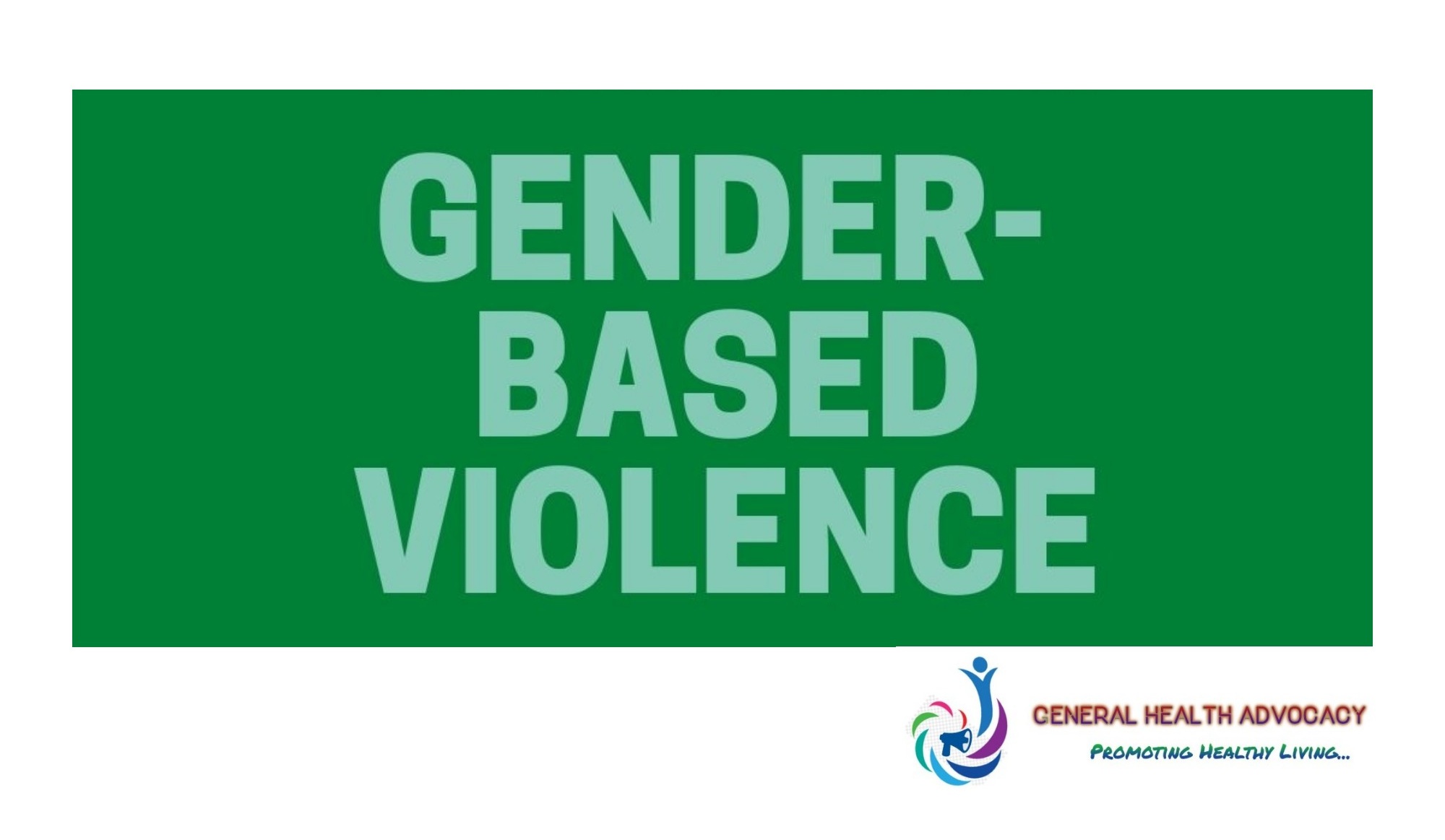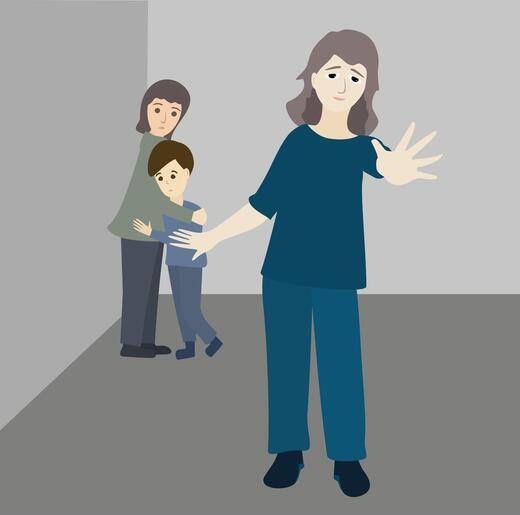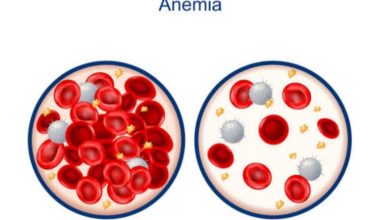Gender Based Violence

Gender-based violence is one of the most prevalent human rights violations in the world. It knows no social, economic or national boundaries. Worldwide, an estimated one in three women will experience physical or sexual abuse in her lifetime. Gender-based violence undermines the health, dignity, security and autonomy of its victims, yet it remains shrouded in a culture of silence.
Both women and men experience gender-based violence but the majority of victims are women and girls.
Gender-based violence and violence against women are terms that are often used interchangeably as it has been widely acknowledged that most gender-based violence is inflicted on women and girls, by men. However, using the ‘gender-based’ aspect is important as it highlights the fact that many forms of violence against women are rooted in power inequalities between women and men.
All acts of gender-based violence that result in, or are likely to result in
- physical harm,
- sexual harm,
- psychological,
- economic harm,
- suffering to women.

Forms of gender-based violence
GBV can take various forms:
- Physical: it results in injuries, distress and health problems. Typical forms of physical violence are beating, strangling, pushing, and the use of weapons.
- Sexual: it includes sexual acts, attempts to obtain a sexual act, acts to traffic, or acts otherwise directed against a person’s sexuality without the person’s consent.
- Psychological: includes psychologically abusive behaviours, such as controlling, coercion, economic violence and blackmail.
See Also
Examples of gender-based violence
Domestic violence includes all acts of physical, sexual, psychological and economic violence that occur within the family, domestic unit, or between intimate partners.
Sex-based harassment includes unwelcome verbal, physical or other non-verbal conduct of a sexual nature with the purpose or effect of violating the dignity of a person.
Female Genital Mutilation (FGM) is the ritual cutting or removal of some or all of the external female genitalia. It violates women’s bodies and often damages their sexuality, mental health, well-being and participation in their community. It may even lead to death.
Forced marriage refers to marriage concluded under force or coercion, either physical pressure to marry or emotional and psychological pressure. It’s closely linked to child or early marriage.
Other violence(s) any types of violence that is under the umbrella of all sorts of illegal or harmful behaviours against women, girls, men or boys in all space or environment.
Actions on how to stop Gender-based violence (GBV)
Prevention is the only way to stop violence before it even occurs.
- It requires political commitment to promotes gender equality,
- Implementing laws that promote gender equality,
- Investing in women’s organizations,
- Addressing the multiple forms of discrimination women face daily.




Good message